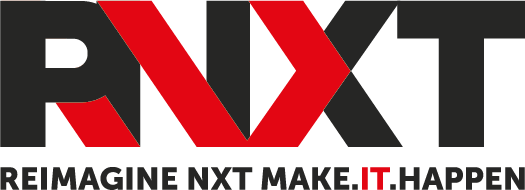In this article we will look at SAP S/4HANA Selective Data Transition Engagement and how this approach helps in accelerating the SAP S/4HANA Migration.
There are typically two popular methods to manage SAP S/4HANA migration.
GREENFIELD MIGRATION
Greenfield strategy (New Implementation) refers to the migration technique where everything is made from scratch – data, operating systems, applications – and then moved to the new infrastructure. This approach follows a complete re-engineering. The benefit of Greenfield is that its Customizable, Scalable, Compatible, Innovative and Optimized.
However, the limitation of this approach is that you cannot migrate your historical data and thus cannot take the full advantage of any latest intelligent features you need for your business’s historical data to work with which in turn involves a steep learning curve leading the actual migration if not after to be comparatively costly.
BROWNFIELD MIGRATION
In the Brownfield strategy (System Conversion), many of the functions of the previous application are retained, especially the ones that are hard to recreate. Many of the proprietary systems and critical data and information are also retained in the on-premises infrastructure.
The benefit of Brownfield is that its more Familiar, Affordable and Simple as it allows migrating high volumes of historical data.
However, the migration will face some obstacles and may not move ahead as intended when there are few limitations in the original infrastructure. Also, moving a large amount of historical data means we could be left with more and irrelevant data in the newly configured system that could be non-pliable with the data privacy laws.
As both these methods offer certain limitations, SAP produced a brand-new approach, the SAP S/4HANA Selective Data Transition Engagement, that helps with your data migration to SAP S/4HANA a lot convenient.
What is a Selective Data Transition?
A Selective Data Transition (also known as Hybrid Approach or Landscape Transformation) allows to consolidate several ERP systems to one central SAP S/4HANA system. It is an alternative to the New Implementation approach (Greenfield) or System Conversion approach (Brownfield).
With a Selective Data Transition, you can control which data and modules flow together.
Like an inland river delta flowing into the ocean, you migrate only a relevant selection of your current ERP data to SAP S/4HANA.
Business Benefits of Selective Data Transition Approach
- Selective data transition abstains from business interference during the moving process to SAP S/4HANA and enables to go live according to your business needs. In general, this approach allows for a single go-live, moving several organizational units or roll-out in multiple phases, for example, by country.
- This approach allows you to migrate only your relevant historical data and maintain a consistent process chain while leaving behind outdated data, for example, obsolete corporate codes.
- Selective data transition helps you define your speed and combine single projects such as a new go-live implementation, finance management, etc. While moving to SAP S/4HANA in a single step or phased approach.
- With SAP S/4 HANA, you can introduce new business processes and yet manage your historical data while safeguarding best practices and previous investments like custom applications.
- The near-zero downtime approach restricts the technical downtime to just about a few hours.
- Selective data transition can also help change your landscape by either splitting or consolidating existing systems.
Selective Data Transition Engagement is a great way to balance between redesign and reuse. It works across different scenarios for firms of diverse sizes to support a seamless transition to SAP S/4HANA. This approach provides a suitable IT landscape for every company’s unique needs. Selective data transition offers several choices for the clients to choose from based on their existing landscapes and future requirements that goes beyond just the standard implementation.
With this approach, companies can also take advantage of select upheaval and modify their business processes to facilitate the use of the latest tools and functionality without having to start from nothing. Companies with more advanced SAP landscapes can clean up their environments while retaining those investments that matter most and reduce their transitions by skirting preparedness projects.
Selective data transition can even help split some of your projects between the cloud and on-premises. It is also a great way to restructure and consolidate your environments as you want.
But, most importantly, this approach helps you save time by combining all tasks in just one step.

